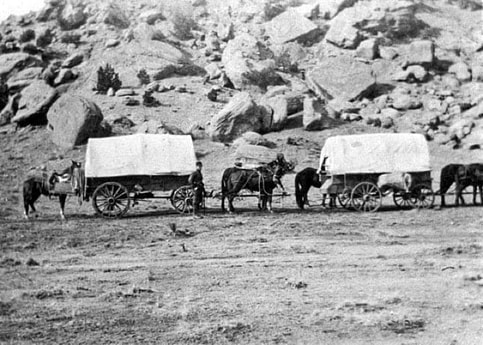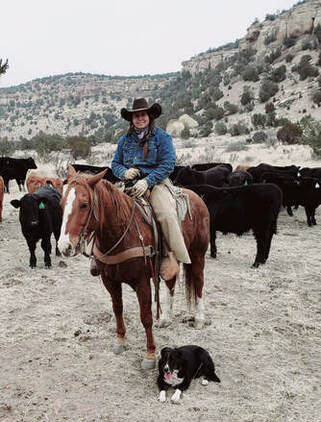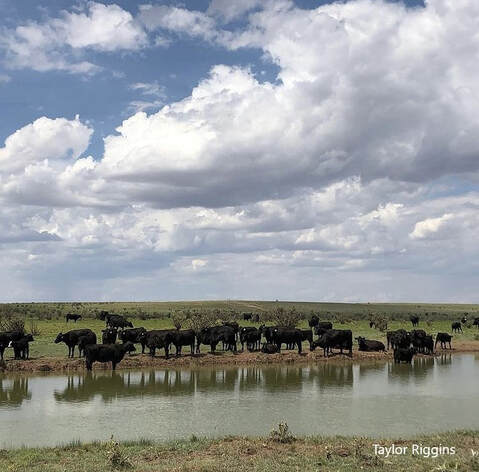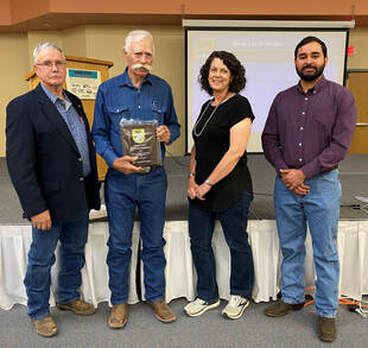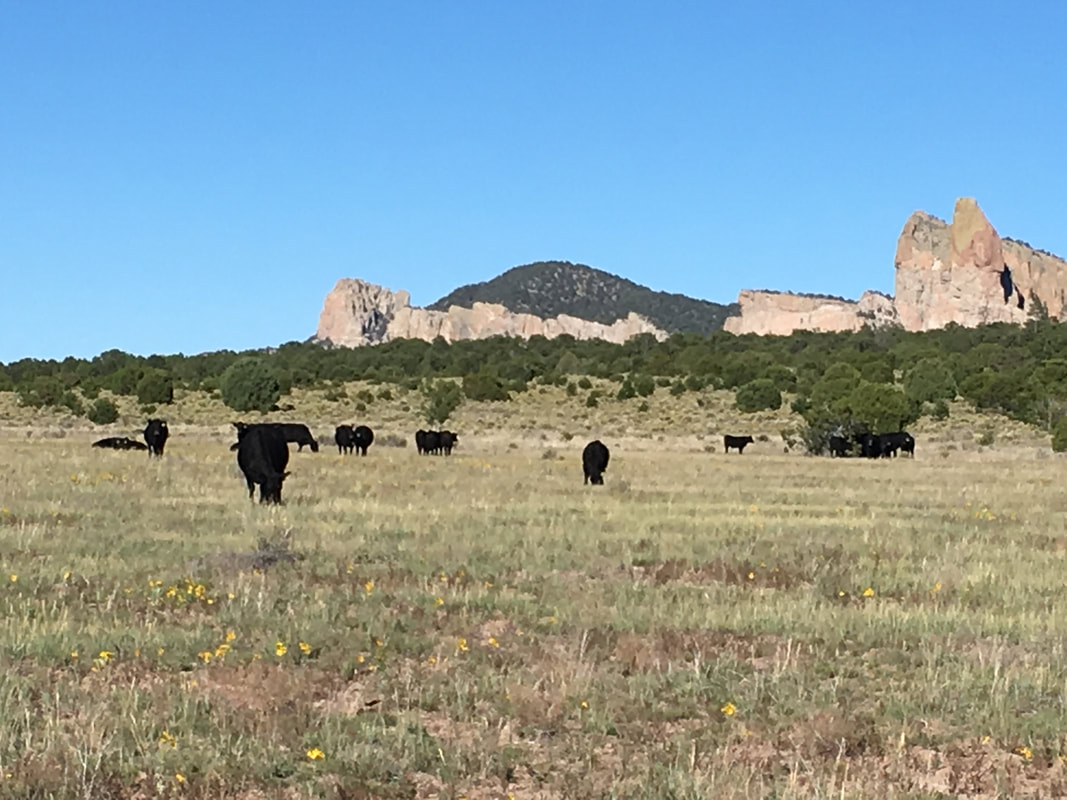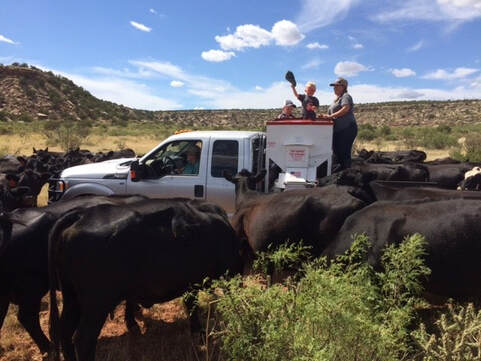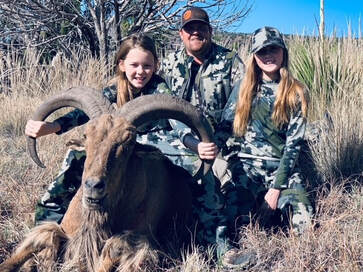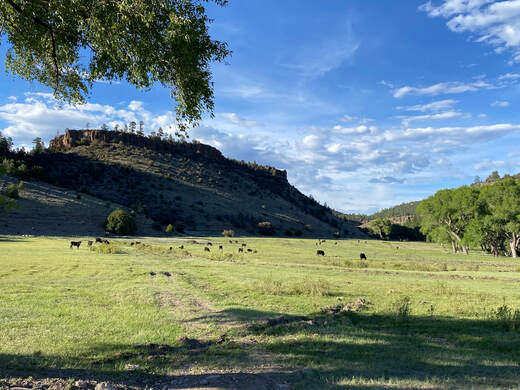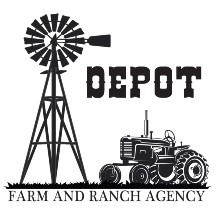NMCGA Current Issues
Department of Energy (DOE) National Interest Electric Transmission Corridor (NIETC)
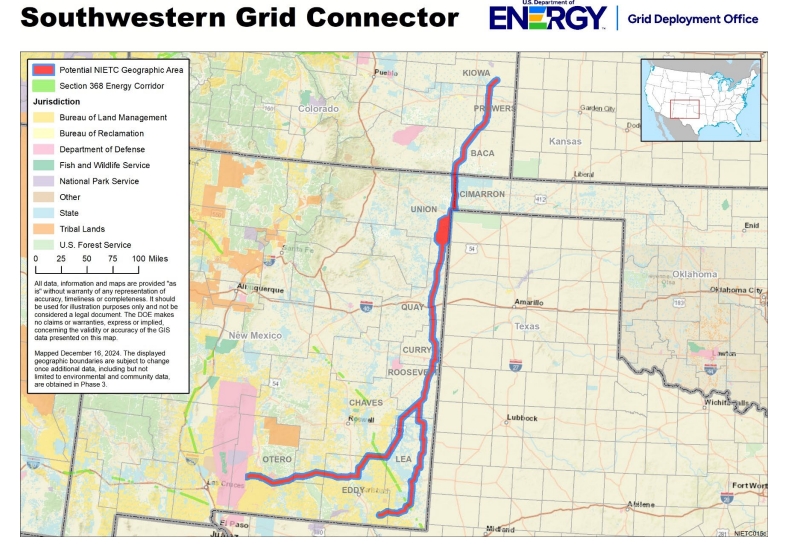
The US Department of Energy (DOE) has designated a major stretch across Eastern New Mexico to be in a potential National Interest Electric Transmission Corridor (NIETC) (see the NIETC Phase 3 Map above). The initial corridor ranges in width from three-fifteen miles wide.
The DOE says that “a NIETC is an area of the country where DOE has determined that a lack of adequate transmission harms consumers and hampers access to reliable and affordable electricity.” Within this corridor, private, for-profit, government financed transmission developers can build heavy industrial transmission infrastructure, dangerous battery storage for renewable energy or “alternative non transmission solutions”.
The NIETC gives transmission developers, backed by the DOE, “the ability to obtain right-of-way by exercising the right of eminent domain”. Along with this, the DOE would work on behalf of for-profit developers to get their preferred route regardless of the current or intended use of the owner’s land and regardless of the impact it would have on a land owner’s ability to continue a viable operation. Lastly, private land is specifically being targeted because it is easier to bypass the reviews federal, tribal or state land would require.
The DOE has no plans to inform the affected property owners. While this initial corridor is a minimum of five miles wide, the DOE is reserving the right to open 125 mile wide, or larger, corridors in the future.
Find out if you land is being affected.
Interactive Mapping Tool
- On the site page go down on the left hand side under "Mapping Themes"
- Click "Potential NIETCs"
- Once the US map opens you will see 2 blue lines in the NM and Colorado area
- Click the + sign in the bottom right hand of the map to zoom in. You can click on the map and move it to the right to keep the blue lines in focus.
Hear from affected communities:
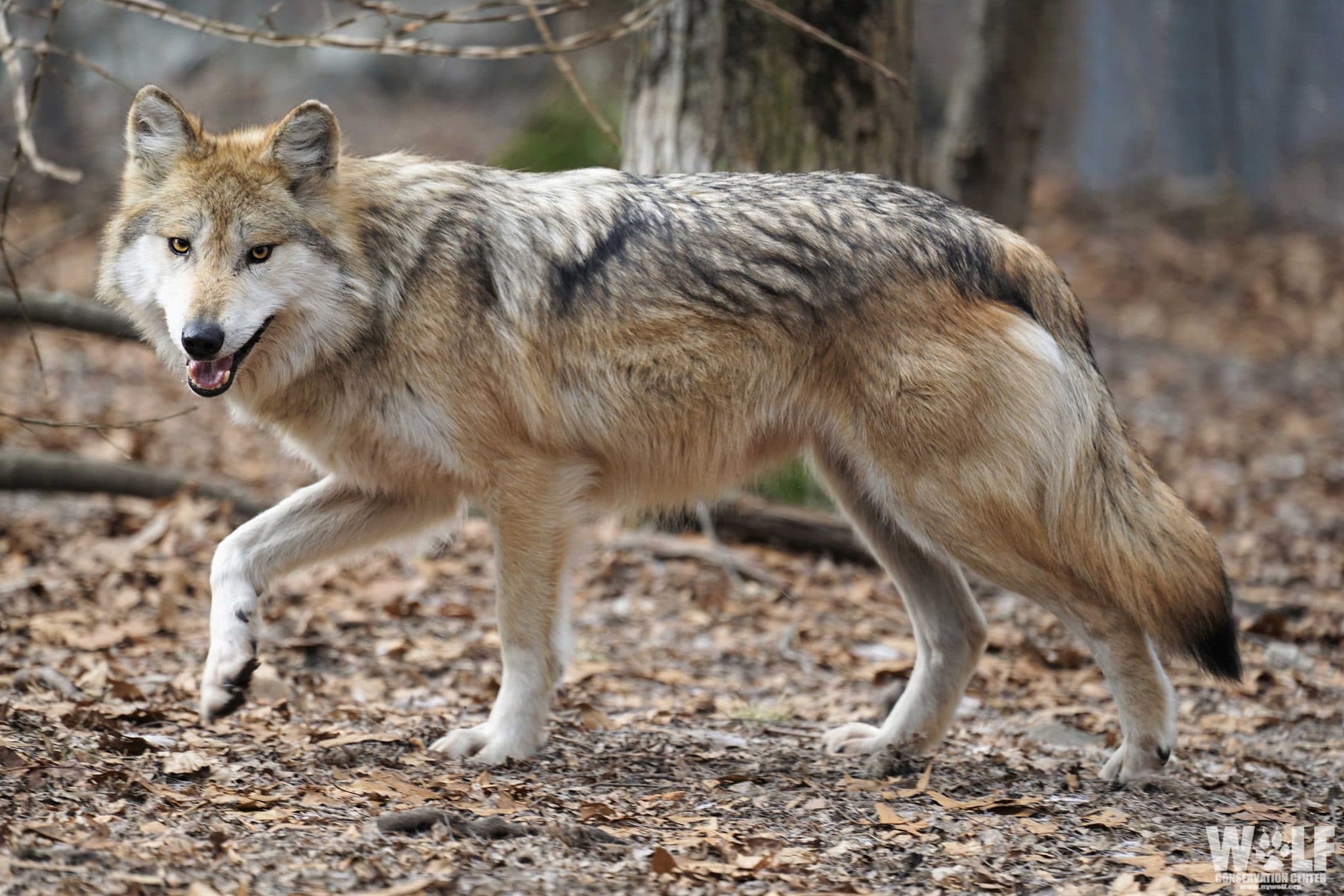
Recent Mexican Wolf Numbers Warrant a Change in Direction
On Monday, the U.S. Fish and Wildlife Service released its Mexican wolf count as of December 31, 2024. The Service estimates that there are at least 286 Mexican wolves running wild in Arizona and New Mexico. That’s in addition to close to 350 wolves held in captivity. The Service has said in the past that its estimate of wolves on the ground is probably understated by at least 10 percent. If so, the real number is closer to 315 wolves. Of those wolves, experience indicates that at least sixty percent of the wolves are in New Mexico. Of that number, approximately 90 percent are in Catron County. According to New Mexico Cattle Growers’ Association President-Elect Tom Paterson, a Catron County cattle rancher, “these numbers are not a surprise to the people who live and work in wolf country. These wolves are killing cattle. My latest wolf kill was a yearling steer, two weeks ago, 200 yards from my house. But that is not all. These wolves are becoming so habituated that they are stalking our school in Reserve, wandering our streets, killing pets off our citizens’ front porches near Quemado and killing our children’s horses.” The Service’s objective for the number of wolves on ground is 320 wolves. If the average is at least 320 wolves over four years, the Service will downlist the Mexican wolf to threatened status. If the average is at least 320 wolves on average over 8 years and if Mexico establishes a population of 200 wolves on average over 4 years, the Service will delist the Mexican wolf and turn management over to the States.Paterson says that there are many questions the Service needs to answer: “Given that there are now almost 320 wolves on the landscape, how does the Service plan to change its management to reduce the threat and losses from these wolves? “More specifically, is the Service going to begin releasing location information so ranchers will know where the wolves are so we can protect our livestock and find our dead cattle? ““Is the Service going to revoke its recently adopted evidentiary standards for Mexican wolf depredations and go back to the standards that had been in place for 20 years before the Service made it harder last fall to confirm such depredations?” “Given all the threats to people and domesticated animals that these wolves present, is the Service willing to finally start issuing lethal removal orders for specific wolves?” “Over the past few years, wolf recovery program costs have been running at approximately $4 million per year. What is the Service’s estimate of future wolf recovery program costs?” “Finally, is the Service protecting crosses between wolves and coyotes or wolves and dogs? It’s abundantly clear that some percentage of these so-called wolves really aren’t and that taxpayers are subsidizing it.”Paterson concluded, “these are questions that deserve thoughtful answers from the Service. Honest answers should warrant a change in direction.”


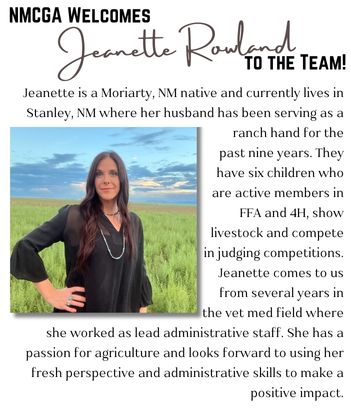

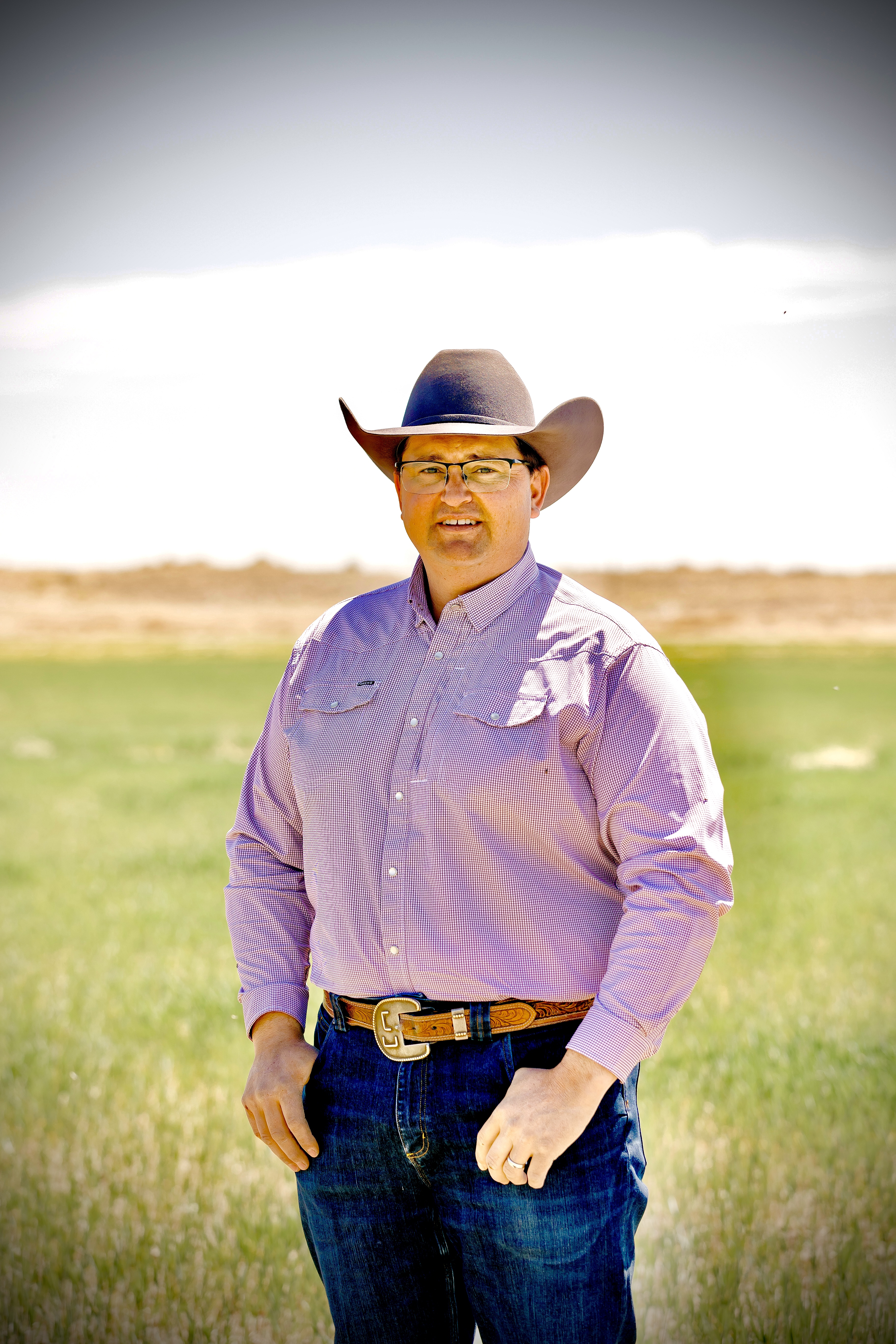
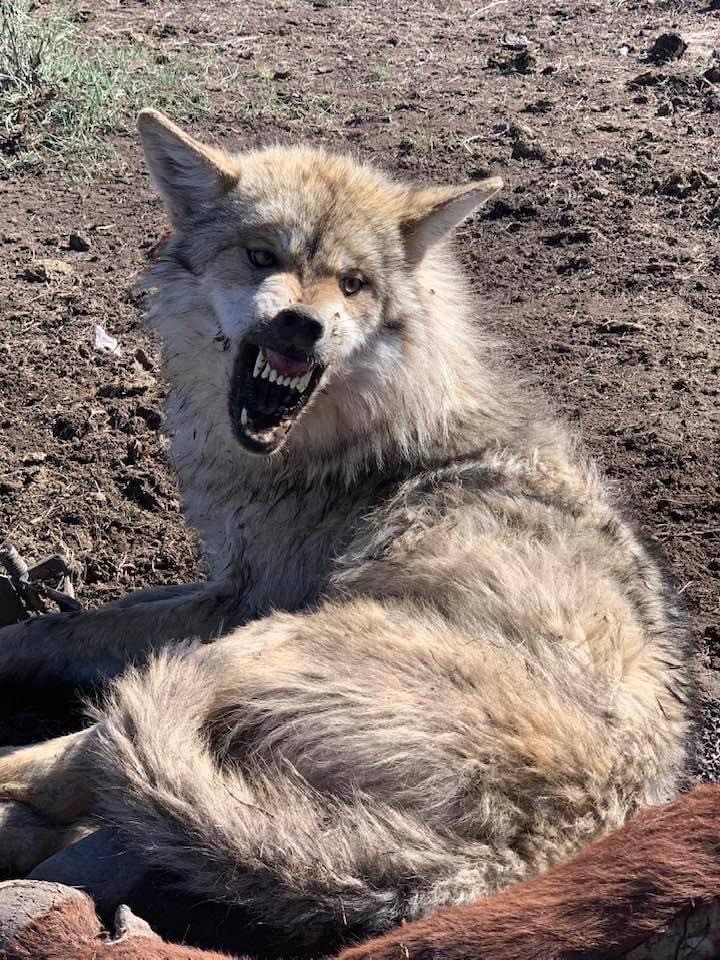
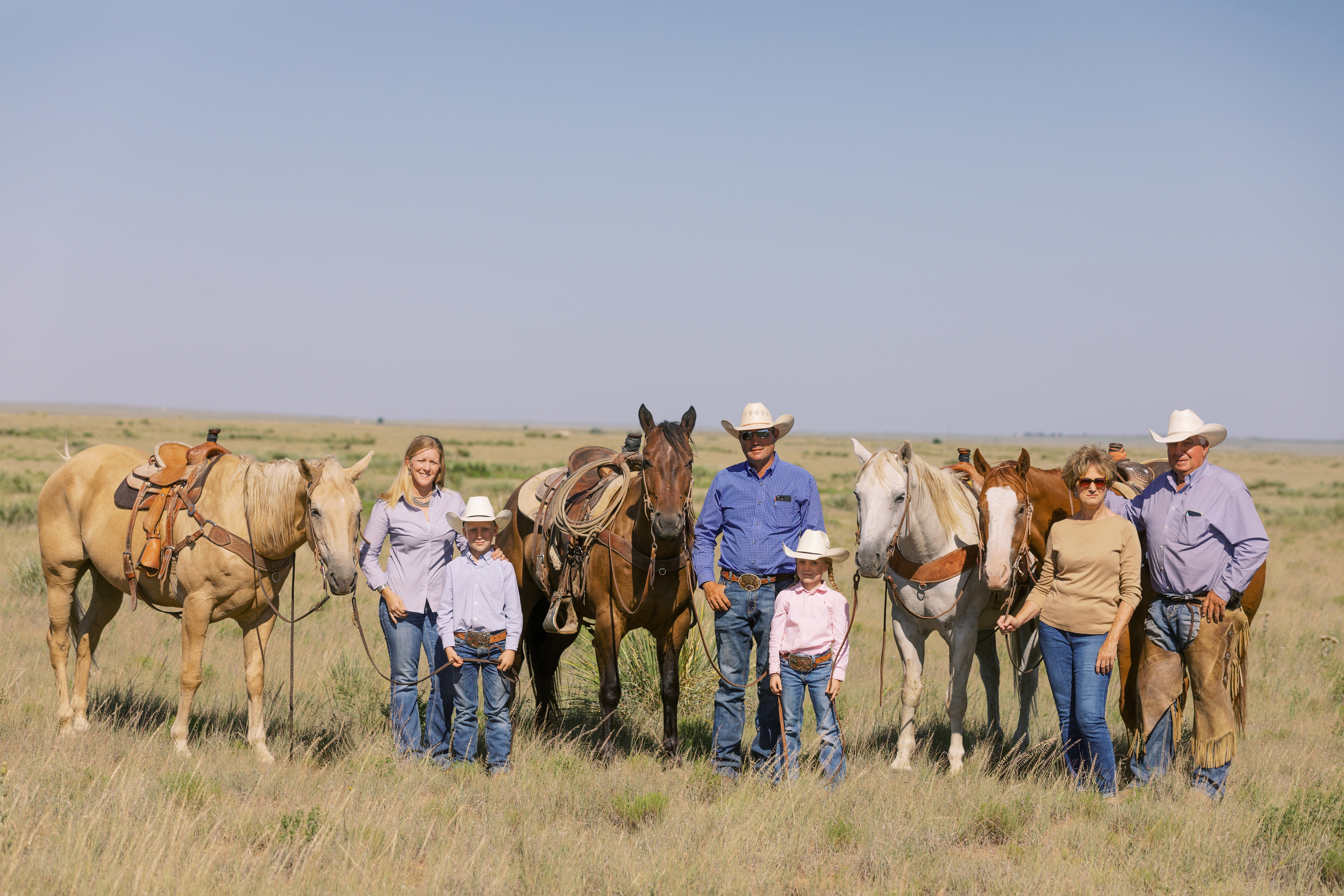 night.
night. Sierra County: Representative Rebecca Dow, Zane Richardson and Megan Richardson
Sierra County: Representative Rebecca Dow, Zane Richardson and Megan Richardson New Mexico Cattle Growers’ Association (NMCGA) is excited to announce that Abby Spindle has joined our team. Abby hails from Moriarty, New Mexico where she grew up on her family’s ranch, Bill King Ranch. Abby and her family raise registered Hereford, Angus, and Charolais cattle. Growing up, she was very involved in the National Junior Hereford Association serving as the Vice Chairman and Fundraising Chair on the NJHA Board of Directors. A recent graduate from Texas Tech University, Abby has a Masters in Agribusiness and a Bachelors in Agriculture and Applied Economics. While at Texas Tech, she was a member of the Livestock Judging Team and was named an “All American” in 2020.
New Mexico Cattle Growers’ Association (NMCGA) is excited to announce that Abby Spindle has joined our team. Abby hails from Moriarty, New Mexico where she grew up on her family’s ranch, Bill King Ranch. Abby and her family raise registered Hereford, Angus, and Charolais cattle. Growing up, she was very involved in the National Junior Hereford Association serving as the Vice Chairman and Fundraising Chair on the NJHA Board of Directors. A recent graduate from Texas Tech University, Abby has a Masters in Agribusiness and a Bachelors in Agriculture and Applied Economics. While at Texas Tech, she was a member of the Livestock Judging Team and was named an “All American” in 2020.



